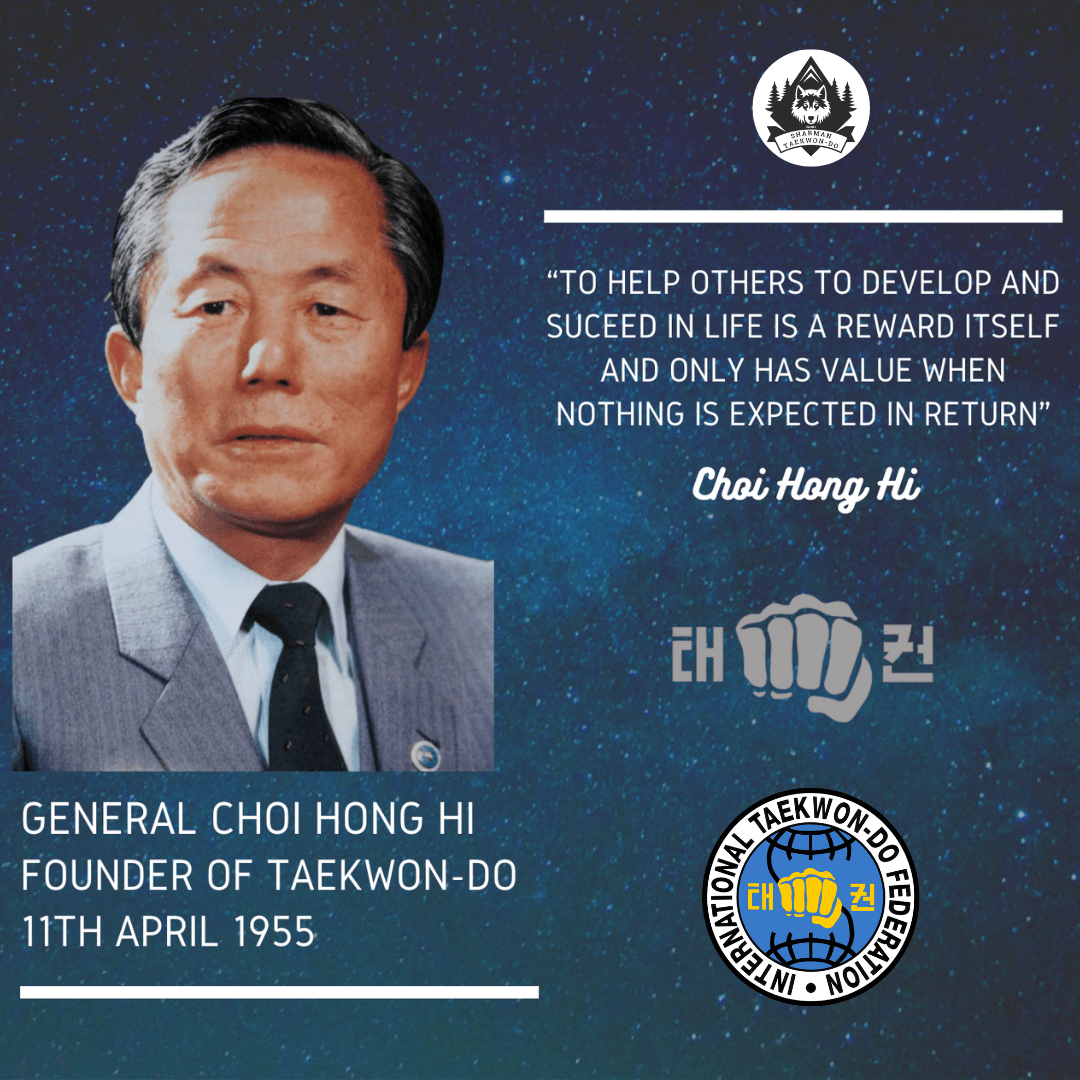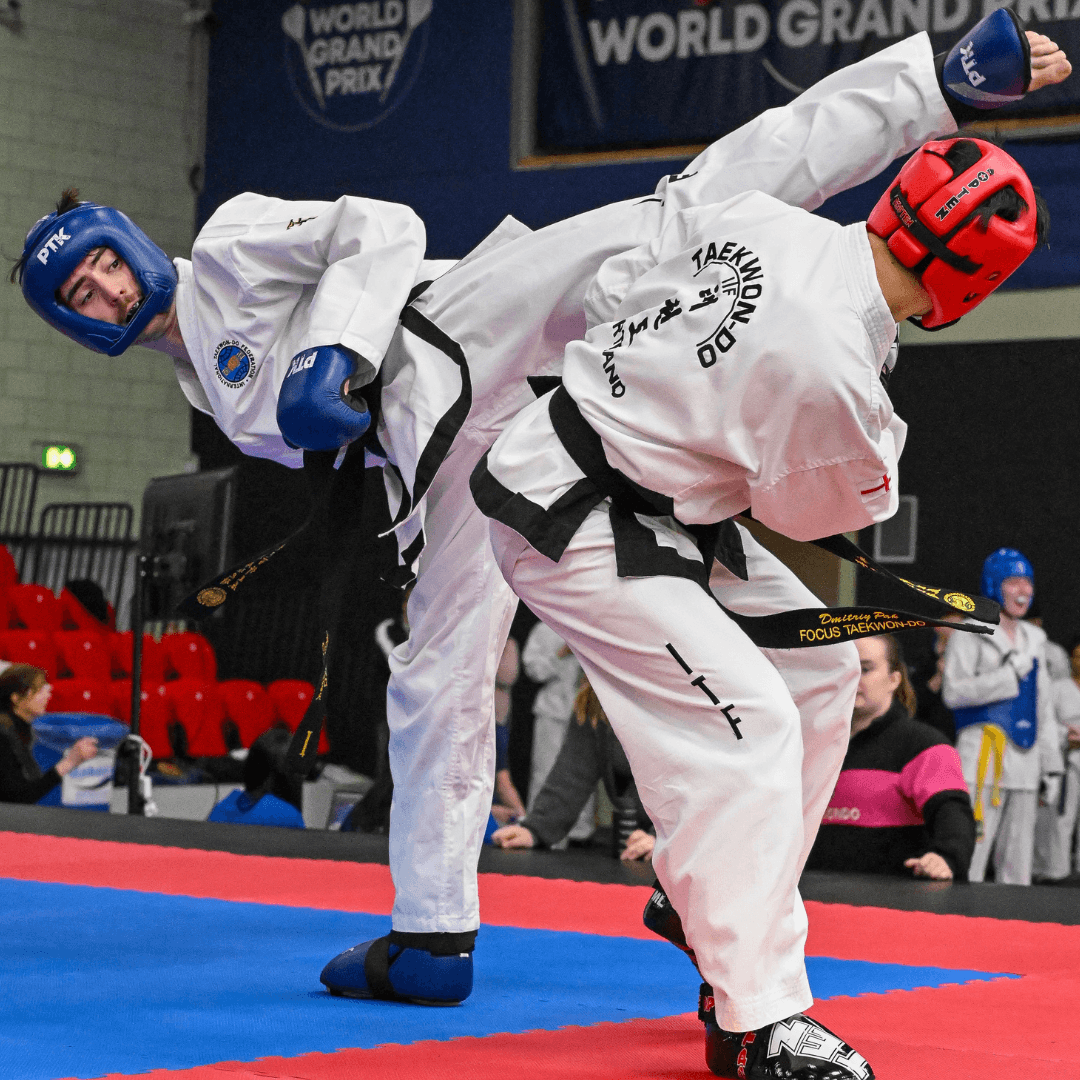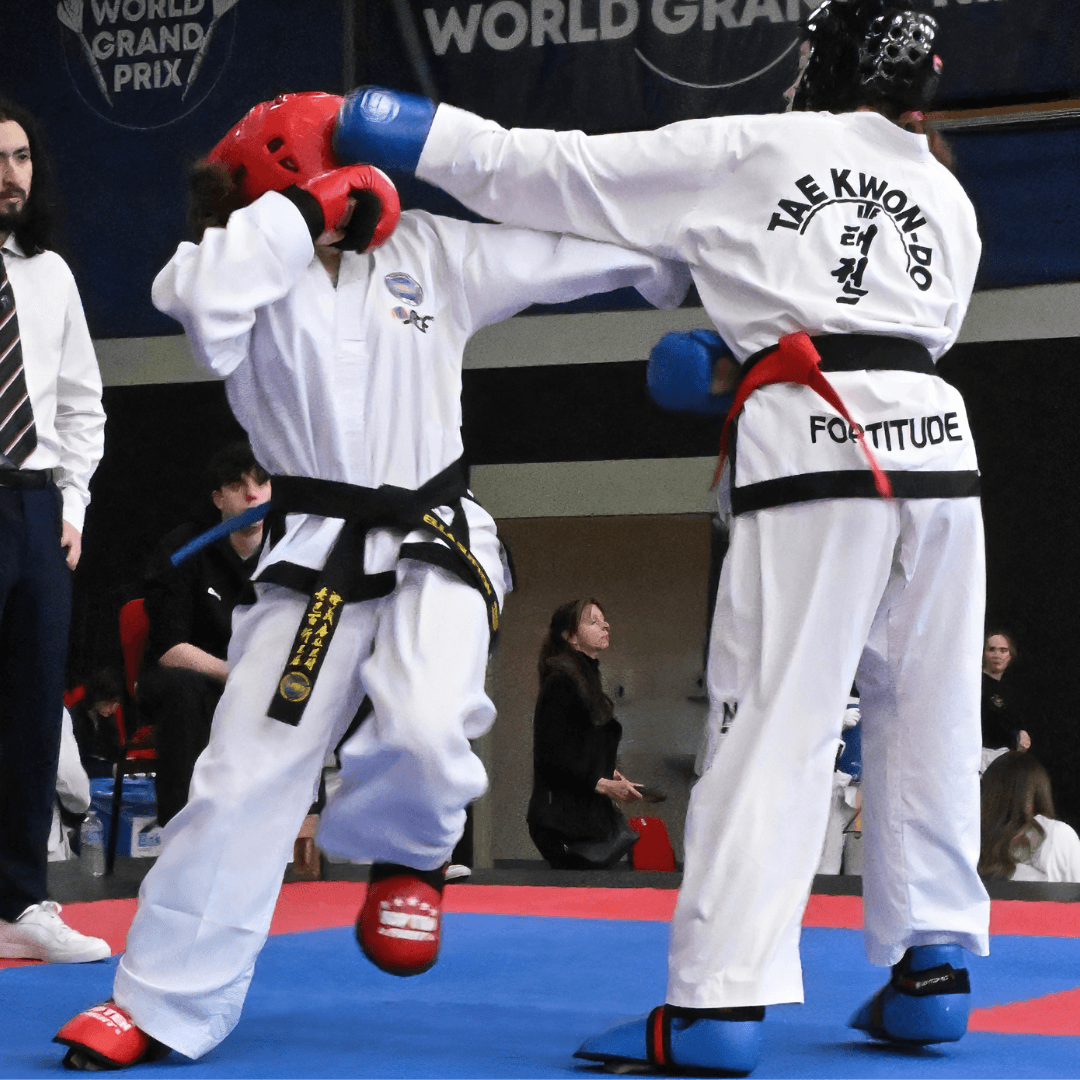
Sharman Taekwon-Do
- About
- Main School
- …
- About
- Main School
Sharman Taekwon-Do
- About
- Main School
- …
- About
- Main School

About Taekwon-Do
A Brief History

Founded by General Choi Hong Hi - 11th April 1955
Taekwon-Do is a relatively new martial art, with it's official founding taking place on the 11th April 1955, the founder being General Choi Hong Hi, who continued to develop it over his lifetime (1918-2002). Translating to the 'Art of Hand and Foot', Taekwon-Do is a very advanced striking self defence system, originally developed within the Korean army.
Taekwon-Do was named and developed by General Choi Hong Hi on 11th April 1955in Seoul, South Korea. In 1959 Taekwon-Do began to spread internationally through demonstration tours, and then in 1962 the first batch of Taekwon-Do instructors were dispatched abroad. The ITF (International Taekwon-Do Federation) was officially founded on 22nd March 1966 with associations in Vietnam, Malaysia, Singapore, West Germany, the United States, Turkey, Italy, Arab Republic of Egypt and Korea. ITF Taekwon-Do was officially recognised in the UK on 2nd July 1967 when Pioneer Grand Master Rhee Ki Ha (GB-9-1, Then Mr Rhee as a 5th Dan) introduced Taekwon-Do to the UK and Ireland.
The study of Taekwon-Do aims not only to develop the student physically, but mentally also, creating a well rounded and balanced individual. To achieve this aim General Choi Hong-Hi based his art on Asian moral culture and created the five Tenets of Taekwon-Do;
- Courtesy
- Integrity
- Perseverance
- Self-Control
- Indomitable Spirit
By incorporating these basic values into one’s behaviour, General Choi believed a person could become a better member of society. At Sharman Taekwon-Do we promote these same values.
Key Parts of Taekwon-Do
Taekwon-Do has many aspects to it's training syllabus

Patterns
A set of fundamental movements used in sequence against imaginary opponents. These include both blocking and attacking techniques.

Sparring
Controlled training to replicate using self defence techniques against real opponents. Also used in a competition environment.

Power
Applying the theory of power to how techniques are delivered is key to understanding the importance of using our bodies as self defence.

Self Defence
Effective training used within real life scenarios. Using funamental movements to provide defense against hand and weapon combat.
© Sharman Taekwon-Do 2025








